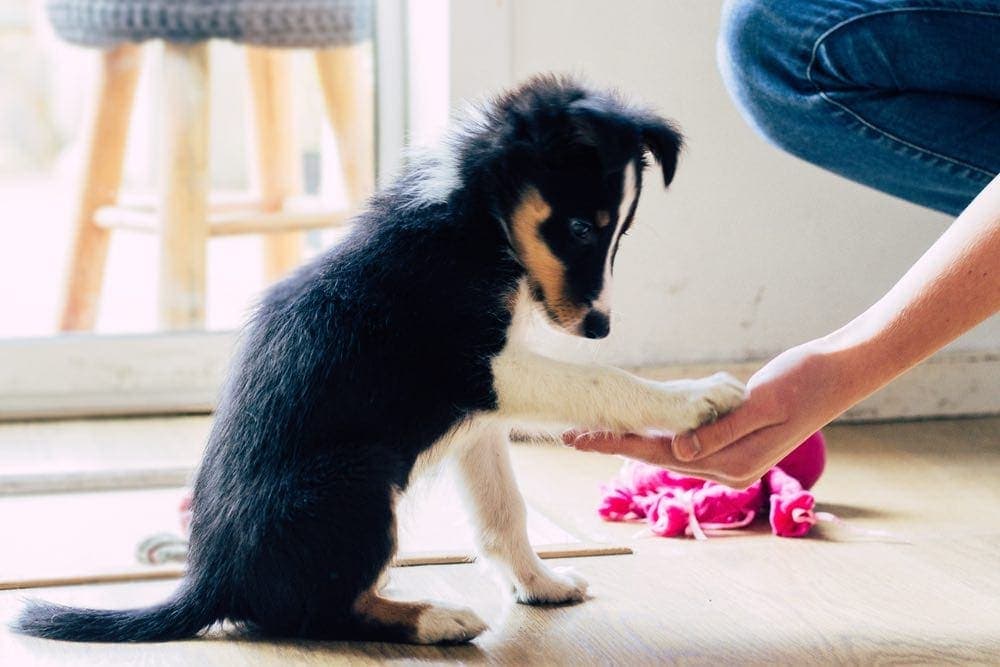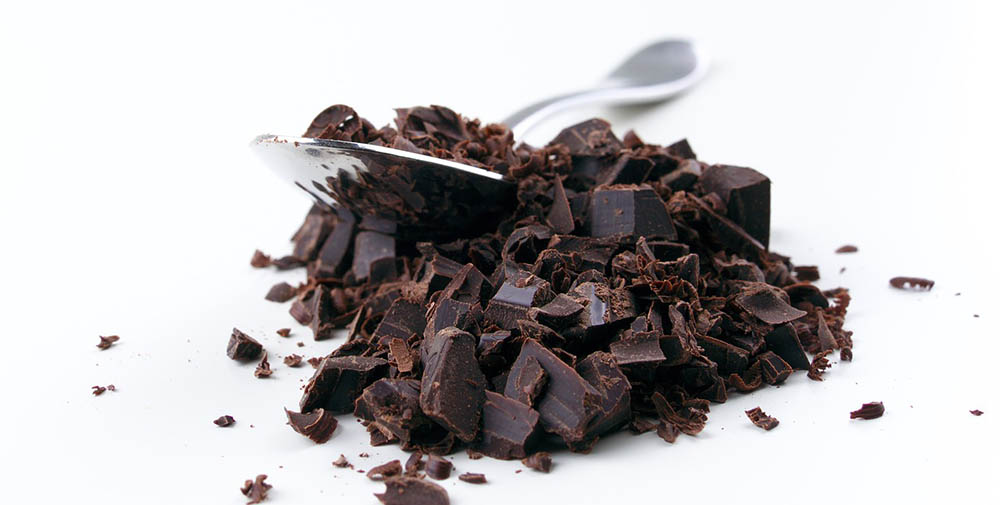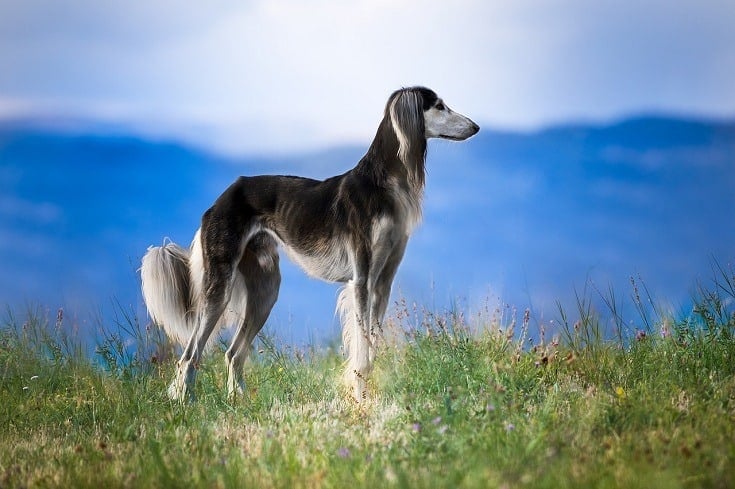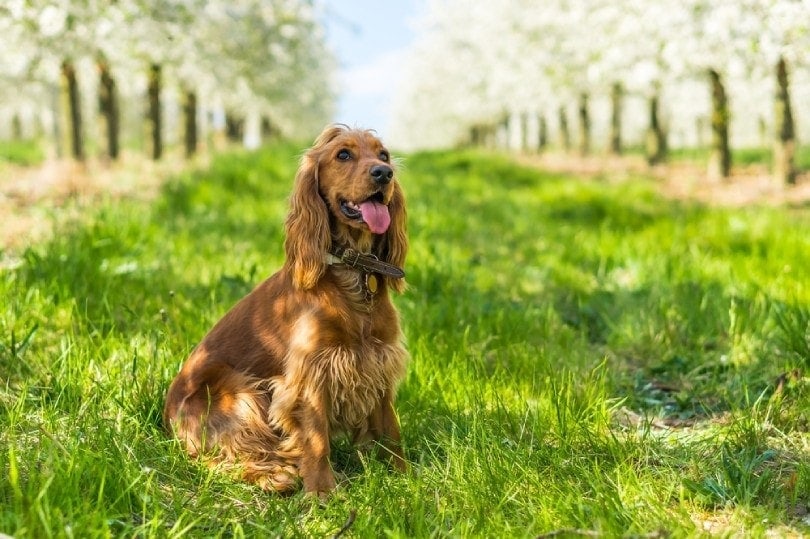Potty training your puppy is often the first thing on your mind when you bring them home. While nobody wants various spots in their house to be soiled during the process, it is essential to remember that it is a process, a learning experience for both you and your dog.
Teaching your pup to go to the bathroom outside and hold it inside takes time. You have to commit to the training and stay alert for signs that your puppy might give you that they need to go outside. The main thing to remember is that consistency and understanding are vital to the training process.
This is our guide for how to housetrain your puppy. Since the steps are different throughout the day, we use housetraining concepts instead of a 1, 2, 3 process.
 The 4 Concepts for Potty Training a Puppy:
The 4 Concepts for Potty Training a Puppy:
It is best to think of training a puppy similar to how you might potty train a child. If you wouldn’t do something with a child, our advice is not to try it on your puppy either!
You don’t want to try to instill the fear of punishment into them, especially at their young age. It can cause puppies to become reactive as they grow up, and it often makes the process much more challenging and prolonged.
- Collar or harness
- Puppy food
- 3- to 4-foot non-retractable leash
- 15-foot non-retractable long line
- A crate or exercise pen
- A walking path
- Small treats
- Carpet cleaner
- Plenty of patience
We understand that puppies are adorable. But for every ounce of cuteness and cuddles comes an extra portion of training and required patience. Ensure that you have plenty of understanding during this process, don’t be tempted to resort to yelling or any physical punishment, even if you feel irritated.
1. Teach them where they should go potty.
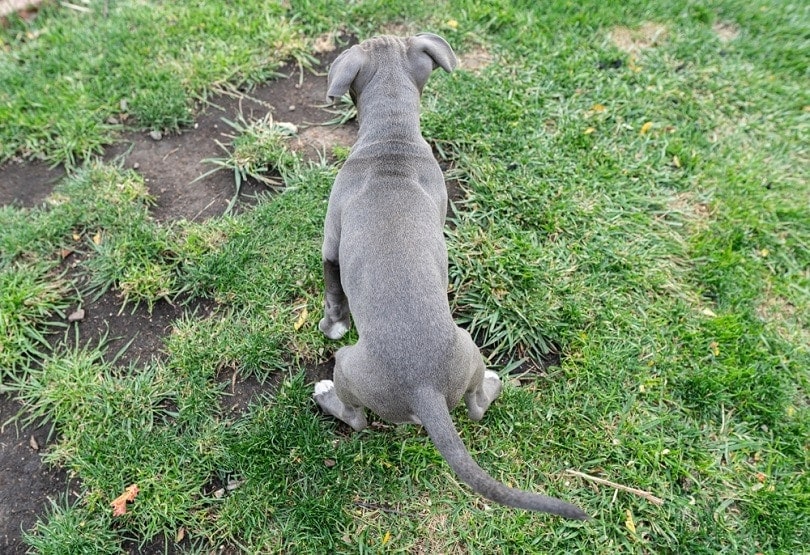
Start the process by teaching them where they should go to the bathroom. For most people, this might be anywhere outside or on your walks. Some people with well-manicured lawns might want to choose a smaller area.
If you fall into the second category, decide where you want them to go to the bathroom. Each time you go outside, take your puppy to that spot. Try to make it somewhere convenient for them to get to once they are outside.
Every time you take them to this spot, give them a vocal command. You could say something like, “outside,” once you get them out the door or, “go potty,” when you get to the spot. Reaffirm this phrase once they start to go to the bathroom, and verbally praise them.
Each time that they go to the bathroom in the right spot, give them a treat within 5 seconds after they finish. They need to associate that specific spot with good things.
Sometimes, it might take them a long time to go to the bathroom once they are outside. This is when you need plenty of patience.
2. Teach them where they shouldn’t go potty.
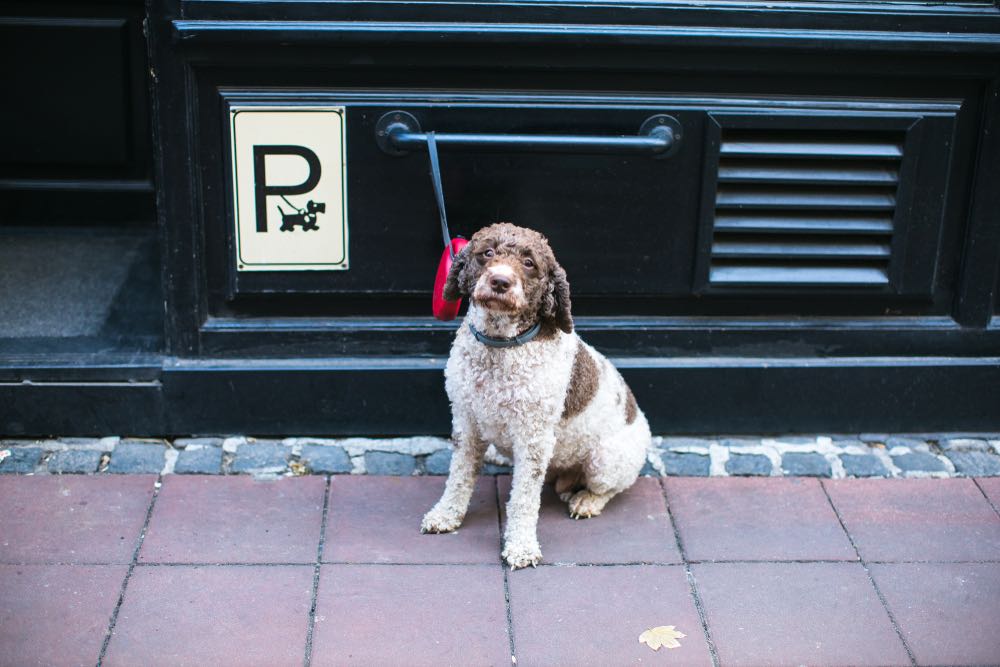
Just as you train them where they should go to the bathroom, you should also be training them where they shouldn’t. In other words, you want them to learn that anywhere indoors is off-limits. Do not do this by punishing your puppy or trying to frighten them. Instead, restrict them to a specific area. Dogs do not like to go to the bathroom in the area that they count as “home.”
The easiest way to do this is to put them in a small playpen area in the home. Keep it off of the carpet and away from anything valuable. This way, if they go to the bathroom in their space, they have to be stay near it.
Starting small is essential at this step. Keep the exercise pen small, while making sure your puppy gets plenty of exercise outdoors to stay healthy while training. As time progresses, make their space larger. Introduce them to more parts of the house, so they associate the entire home with their personal space.
3. Teach them how to wait until they go outside.
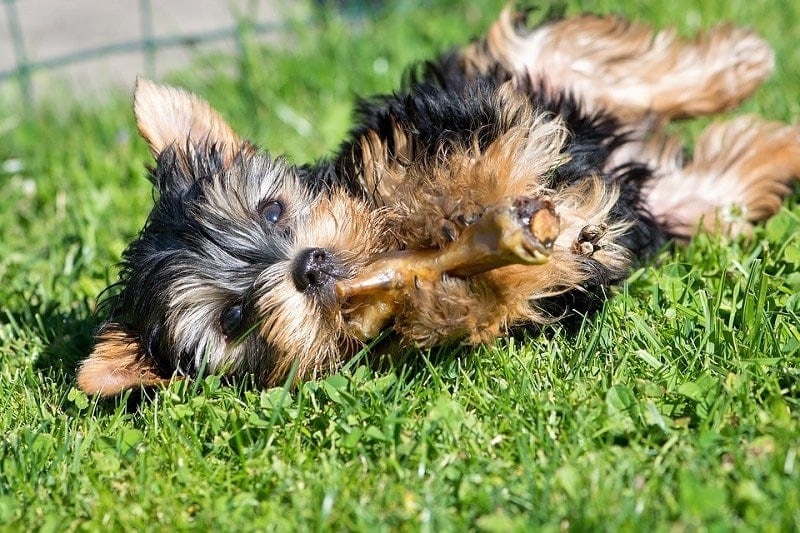
As they learn the appropriate places to go to the bathroom and differentiate those that aren’t, you need to teach them how to hold it.
The best way to do this is to keep them close to you during the day. Do this by keeping your puppy on a lead or in their pen. As soon as they look like they want to the bathroom, try to get them to wait while you both walk them outside.
4. Teach them how to communicate.

Finally, forming an understanding is the best way for you and your dog to work together for many happy years to come. They need to understand the words that you use as commands, and you should understand if they try to communicate a need or desire to you.
Teach your puppy how to tell you when they need to go to the bathroom. You could put a bell near the door that they can ring. This sound can replace them scratching at the door, barking, or whining.
Our Top 3 Tips for Potty Training Your Puppy:
Besides those concepts that directly relate to the process of training them, you can also keep the following tips in mind. These ideas can help streamline your process and share the training load with other people without taking any steps backward.
1. Feed Puppies on a Schedule
Feed your puppy on a schedule. Just like humans can get on a bathroom schedule when we eat meals consistently, your puppy has bodily rhythms.
Of course, this tip will partially depend on their age. A puppy under 4 months old should get four meals a day. Between 4 and 6 months old, they should get three meals each day. After 6 months, they can have two meals each day. During this transition period, expect their daily schedule to flex slightly.
No puppy or dog should have constant access to their food if you want them to be on any kind of bathroom routine.
2. Keep Key Phrases Consistent
Whatever phrases you use with your puppy to tell them that they are going outside to the bathroom and even those you use to praise them need to stay consistent. This tip is true for any kind of training in their life.
It is easiest to do this even before you adopt your puppy. Ensure that everyone in your family knows what you should say in each situation so that everybody affirms it as training begins.
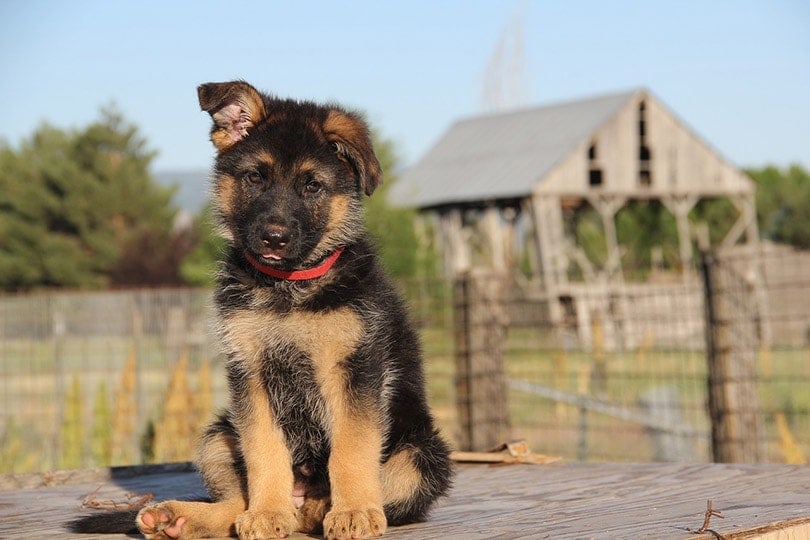
3. Take Them Outside Frequently
The key to successful potty training is catching your puppy before they desperately need to use the bathroom in the house. This training aspect will take plenty of time and commitment because you need to get them outside consistently.
The best way to ensure that they won’t go in the house is to get them outside more often. Each time they go to the bathroom outdoors is another training opportunity to teach them that this is where they should be going to the bathroom.
Featured image credit: Maximilian100, Shutterstock

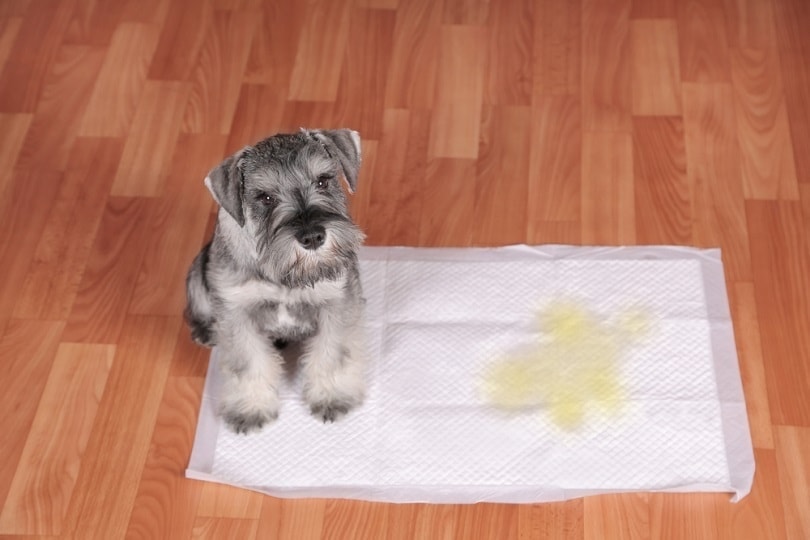
 The 4 Concepts for Potty Training a Puppy:
The 4 Concepts for Potty Training a Puppy:
